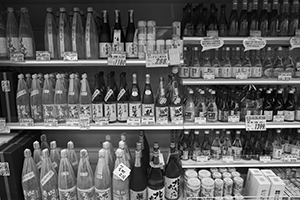 The drink is the color of water, only thicker – fragrant, and intoxicating. The cool alcohol is smooth, yet slightly spicy, and warm in your mouth; the bouquet is lightly fruity and complex. A good sake bears about as much resemblance to the paint-thinner export varieties as a traditional kimono does to a nylon dressing gown.
The drink is the color of water, only thicker – fragrant, and intoxicating. The cool alcohol is smooth, yet slightly spicy, and warm in your mouth; the bouquet is lightly fruity and complex. A good sake bears about as much resemblance to the paint-thinner export varieties as a traditional kimono does to a nylon dressing gown.
While not the most consumed beverage in Japan (beer – a Meiji Era interloper – has that honor) sake nevertheless holds a place near the heart of Japanese culture. Often drunk warmed at social gatherings, it is also crucial to both the religious and celebratory aspects of cultural festivals. A ritual drink between the bride and groom is central to Shinto wedding ceremonies. Even the casual tourist can see that sake and Shinto are tied up together: photographs of the kazaridaru barrels at Meiji Jingu Shrine are as common as those of the shrine buildings themselves.
The use (and abuse) of alcohol is common to nearly every culture on earth, and the history of drinking stretches back into the roots of civilization. Though much of Japan’s early history can only be known by the dim light of archeology, it seems clear that when intensive rice farming arrived in Japan at the beginning of the Yayoi Period (500 BC – 300 AD), the Japanese were already familiar with intoxicating drinks.
Sake is made from rice, and coaxing alcohol from long carbohydrate molecules is far trickier than fermenting sugary fruits like grapes. Though often called “rice wine”, the brewing process for sake more closely resembles that used for beer. Barley for beer is malted before fermentation can start, and rice undergoes a similar process. Less appetizingly, however, it is likely that the rice for the earliest sakes was literally pre-chewed, saliva enzymes breaking starches into component sugars, which allowed the added yeast to produce alcohol.
By the time writing arrived in Japan (during the Asuka Period around the sixth century CE), this grueling process had been replaced by the slightly less labor-intensive method of cultivating koji mold spores onto a portion of the rice used in the mash. Though modern innovations and industrialization have vastly improved the quality and consistency of the finished product, this part of the process remains unchanged.
If you’ve tried sake made in the traditional way, these modern improvements are obvious, since the quality of modern sake is closely scrutinized. Home brewing was made illegal in the eighteenth century – alcohol tax being essential at that time to funding the Russo-Japanese war – and doburoku, the raw-home brew, is consequently nearly impossible to find. While it is still occasionally made at shrines under special license, it is a viscous, lumpy beverage, of varying harshness, acidity, and alcohol content, and is worlds away from the refined vintages produced my modern breweries, or kura.
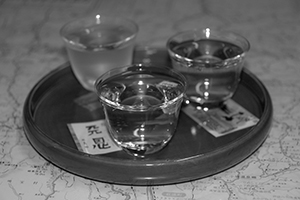 The brewing process is a complicated one. Sake rice is first polished to remove husk, bran, and any protein remaining around the core, higher quality being polished to a higher degree. The rice is steamed, and a portion of it is impregnated with koji mold. Yeast and water are added, as well as the remaining steamed rice, and the whole mixture – the mash – is then fermented. The long maturation required by this “multiple parallel fermentation” creates an impressively complex, often fruity or floral drink – an impressive feat considering these simple base ingredients.
The brewing process is a complicated one. Sake rice is first polished to remove husk, bran, and any protein remaining around the core, higher quality being polished to a higher degree. The rice is steamed, and a portion of it is impregnated with koji mold. Yeast and water are added, as well as the remaining steamed rice, and the whole mixture – the mash – is then fermented. The long maturation required by this “multiple parallel fermentation” creates an impressively complex, often fruity or floral drink – an impressive feat considering these simple base ingredients.
Sake itself comes in a baffling variety, differing between varieties as well as between regions, and again amongst breweries. The main distinctions, for the casual drinker, are between the cheap futsu-shu, (the “ordinary sake” often held responsible for many post-party hangovers), and the finer – and more expensive – categories at the other end of the sake spectrum. If you really want to enjoy sake, turn your attention to higher quality brews: Honjozo-shu, Junmai-shu (which can be served warm or chilled) and Ginjo-shu. There is still a staggering selection, but drinking these is a rewarding place to start your exploration.
Fortunately, there are a few good places to turn if you want to learn about sake. In the rare absence of enthusiasts of your immediate acquaintance, Philip Harper, the first Westerner to step into a brewer’s boots full-time, has published the excellent Insider’s Guide to Saké, which is sized for a large pocket or purse, and is designed to take the place of a knowledgeable friend during a night out at the bar. John Gaunter’s The Saké Handbook, slightly larger, includes reproductions labels of some excellent brands, meaning that even the unschooled in kanji and calligraphy will know what they’re looking at. Finally, Tokyo Through the Drinking Glass (http://tokyodrinkingglass.blogspot.com), a blog by sake enthusiast Melinda Joe, will also help you navigate these complicated but delicious waters.
Story by Skye Hohmann
From J SELECT Magazine, August 2009

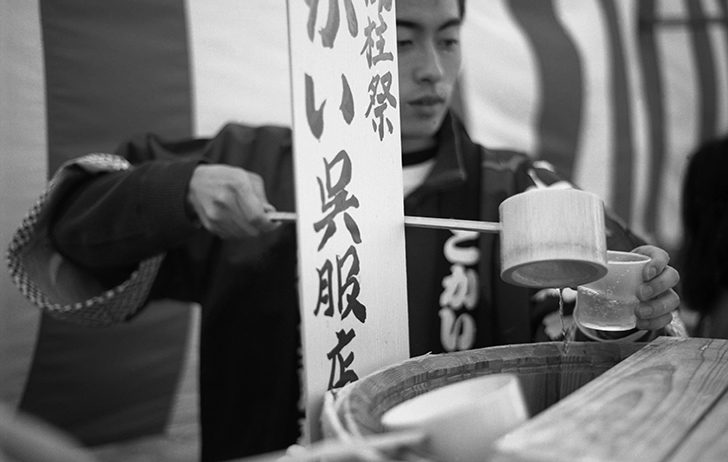



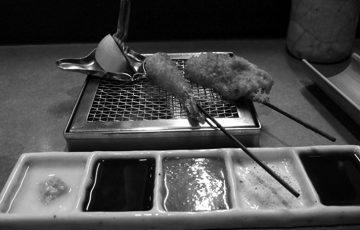
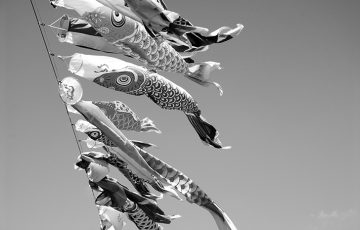
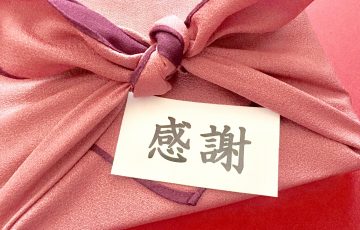
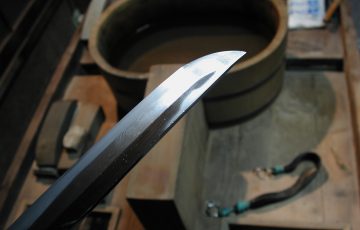


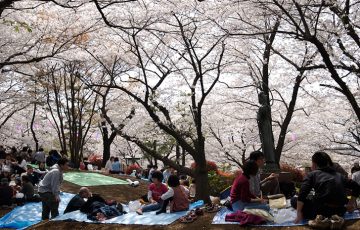
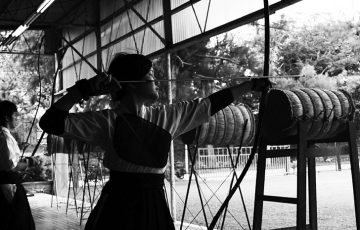


Recent Comments